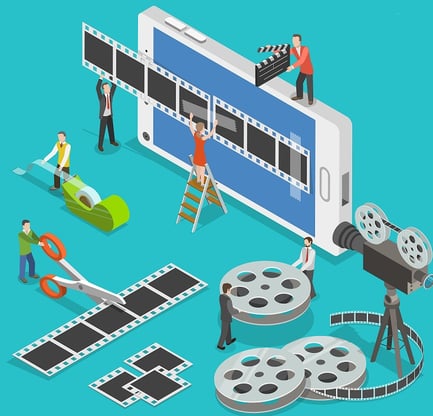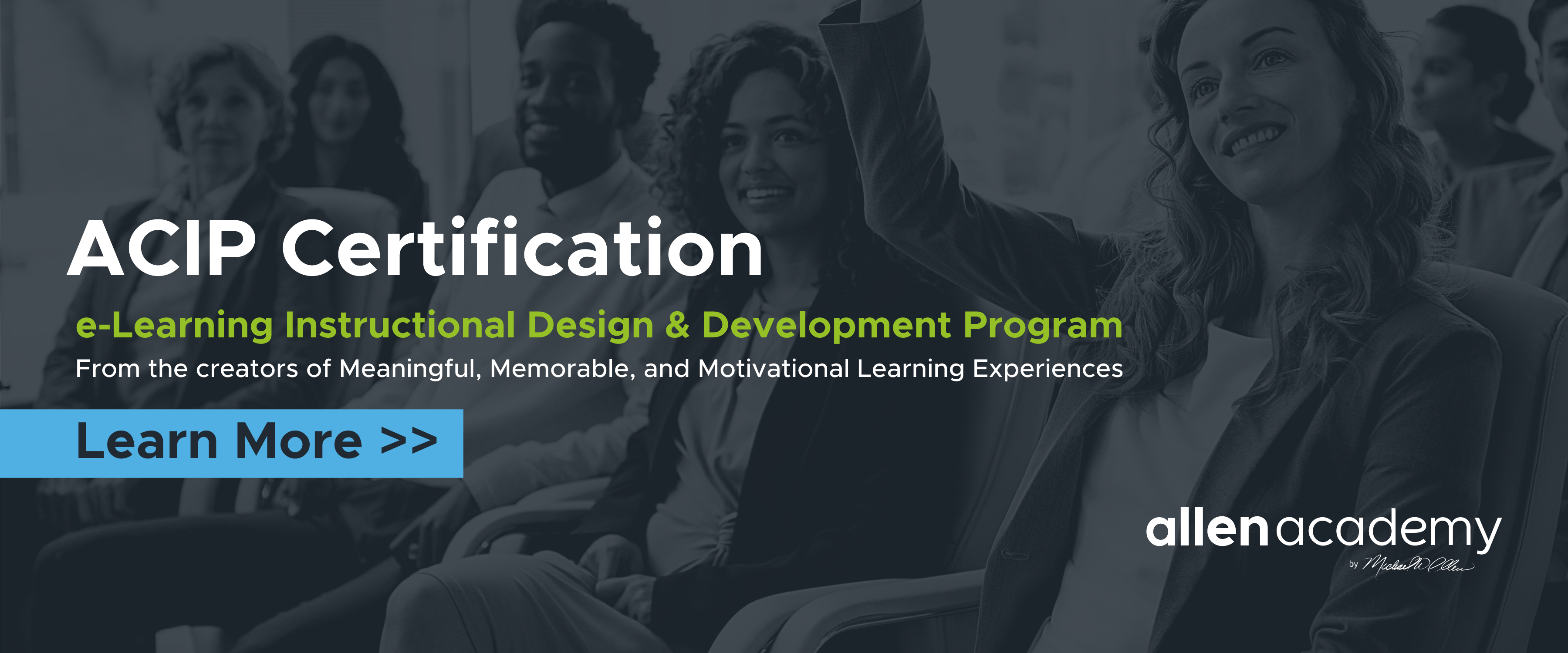Blog
Three Guidelines for Meaningful Microlearning
By Ellen Burns-Johnson, Instructional Designer / @EllenBJohnson It was Monday night. All I wanted was something to help me relax after a long day of ...


Three Things You Don't Need in Your Microlearning Video
By Ellen Burns-Johnson | December 17, 2015 | Custom Learning | 0 Comments
By Ellen Burns-Johnson, Instructional Designer / @EllenBJohnson
It was M.png?width=125&name=Ellen(250).png) onday night. All I wanted was something to help me relax after a long day of instructional design and holiday shopping.
onday night. All I wanted was something to help me relax after a long day of instructional design and holiday shopping.
I sat on the floor in the center of my yoga mat, scrolling through search results. YouTube™ provided about 28,000 hits:

I was hoping to unwind, but each video I opened only served to frustrate me even more.
“Hi, this is Jane,” said the cheery host, “and this is your nighttime yoga practice.”
“I know,” I told my TV. “It says that in the title of your video.”
“If you want to unwind for the night, or calm down—”
“Yes, I do,” I interrupted. “That is why I clicked on your video. Can we get to the unwinding now?”
“—this ten-minute sequence will be perfect for you.”
“If it's ten minutes, why is your video thirteen minutes and twenty-four seconds?”
Reading this dialog, you might consider me too impatient (plus a little weird for talking at my television). However, while you might be right on both counts, I'm certainly in good company.
This scene from an average weekday night is what learning and performance look like in the age of microlearning: short bursts of content, accessed at the moment of need by impatient media consumers, and often on a smartphone or tablet. Yet many learning videos are still produced without considering the tendencies of modern, mobile learners.
Here are three things you can cut from your training videos to help your learners get into the microlearning flow:
1. Introductions
It might seem unnatural—impolite, even—to begin a presentation or demonstration without introducing ourselves to the viewers and explaining why they should pay attention to us. Combing YouTube™ or Vimeo, you'll find a plethora of educational videos that begin with a lengthy preface to the content.
Here comes the Skip button.
Skip.
A video is not a speech. Learners have much more control with video than they do in a classroom setting, and this control renders introductions superfluous. An introduction is supposed to establish credibility and let the viewer know what will be in the video, but none of this is pertinent to the reason why the learner accessed the content—to get information, quickly.
Instead, try this approach:
-
Mention your name at the beginning of the video, or put it on a title screen. You might put the name of the sponsoring organization here instead, if the video doesn’t feature a personal host.
-
Don't mention the issue of credibility at all; this is established by the content itself. If it gives learners what they need, they'll pay attention.
-
Use the video's title and hosting Web page to convey what the video will cover. Don't waste valuable screen time on this stuff.
2. Length
“Today I'm going to show you three ways to...”
Skip.
 It might seem economical or helpful to show multiple ways of completing a task within one video, but that's not how people generally consume this type of media. Assume learners are accessing your video at the moment of need, almost as if they're asking their coworkers for help over the cubicle wall. They want to get something done now.
It might seem economical or helpful to show multiple ways of completing a task within one video, but that's not how people generally consume this type of media. Assume learners are accessing your video at the moment of need, almost as if they're asking their coworkers for help over the cubicle wall. They want to get something done now.
Most processes can be completed a few different ways, and most concepts can be approached from different angles, but you don't have to cover all of that in one video. If the learner will benefit from these multiple perspectives, then you can produce multiple videos, but each single video should focus on one topic.
3. Talking
Show, don't tell. It's the storyteller's mantra, but it sure applies to microlearning videos, too.
Avoid long stretches of time where nothing is happening on-screen while the host speaks in the background.
-
In a tutorial video, the amount of time spent showing the learner how to do something should be maximized, and the amount of audio-only commentary minimized.
-
If you're creating a video of a conversation, use cuts and framing to add greater realism and visual interest.
-
For conceptual videos, get creative! Tools like PowToon and VideoScribe are making it easier to illustrate your points with graphics and animation.
I did eventually find a good yoga video. It shows exactly what is claimed by its title: a short, relaxing yoga sequence, with very little unnecessary content.
There's a quote attributed to Antoine de Saint-Exupery that captures the essence of good microlearning: “A designer knows he has achieved perfection not when there is nothing left to add, but when there is nothing left to take away.”
Give learners exactly what they need, and no more.
Get Certified with Allen Academy!

About the Author: Ellen Burns-Johnson
Ellen Burns-Johnson has over a decade of experience in the education and training industries. She has crafted the instructional strategy and design for dozens of major initiatives across diverse topics, from classroom safety to IT sales. Emphasizing collaboration and playfulness in her approach to creating learning experiences, Ellen’s work has earned multiple industry awards for interactivity and game-based design. Ellen is also a Certified Scrum Master® and strives to bring the principles of Agile to life in the L&D field. Whether a client is a Fortune 100 company or a local nonprofit, she believes that the best learning experiences are created through processes built on transparency between sponsors and developers, empirical processes, and respect for learners. Outside of her LXD work, Ellen plays video games (and sometimes makes them) and runs around the Twin Cities with her two mischievous dogs (ask for pictures).
Comments
Would you like to leave a comment?
Related Blog Posts

By: Ellen Burns-Johnson | Mar, 2017
Category: Custom Learning

Blog
Microlearning: Overcoming 4 Assumptions
By Ellen Burns-Johnson, Instructional Designer / @EllenBJohnson It was Monday night. All I wanted was something to help me relax after a long day of ...
By: Ellen Burns-Johnson | Jun, 2017
Category: Custom Learning

Blog
Three Solid Instructional Design Principles in The Big Short
By Ellen Burns-Johnson, Instructional Designer / @EllenBJohnson It was Monday night. All I wanted was something to help me relax after a long day of ...
By: Ellen Burns-Johnson | Jan, 2016
Category: Custom Learning

